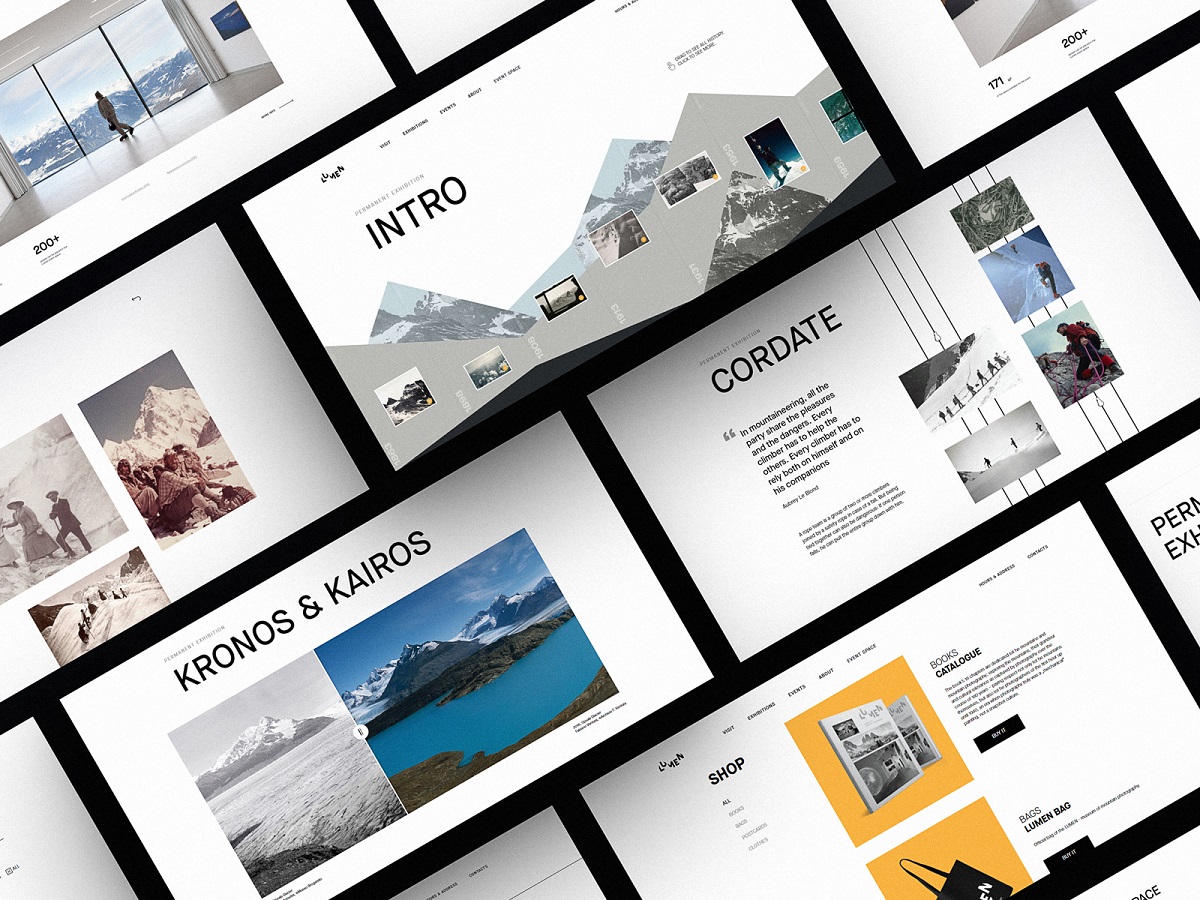Navigating the Digital Landscape with Professional Web Design Philippines Services
Navigating the Digital Landscape with Professional Web Design Philippines Services
Blog Article
User-Friendly Internet Design for Smooth Online Experiences
The journey towards accomplishing smooth online experiences entails navigating an intricate interplay of style aspects and user expectations. Recognizing these subtleties increases vital inquiries concerning the future of internet layout and its role in shaping customer interactions.
Importance of User-Friendly Design
Straightforward design is critical in today's digital landscape, as it regularly improves customer experience and satisfaction. In an era where users have countless options at their fingertips, a site that focuses on straightforward style stands out by properly fulfilling the needs of its audience. This design method not only improves availability yet also promotes involvement, ensuring that site visitors can browse the website with simplicity and locate the info they look for without aggravation.
Furthermore, user-friendly layout plays a considerable duty in establishing trust and reliability. They are a lot more likely to regard the brand favorably when individuals run into a efficient and intuitive user interface. This perception can cause increased client commitment and higher conversion rates, as customers are more likely to return to a site that offers a seamless experience.
In addition, a focus on straightforward layout can lower bounce rates, as visitors are less most likely to leave the website if they locate it easy to use. Web Design Philippines. By focusing on customer demands, services can produce a reliable online presence that drives success and promotes long-lasting partnerships with consumers. In summary, user-friendly design is essential not only for individual contentment but also for achieving wider organization purposes
Trick Concepts of Use
Emphasizing clarity and simpleness, the key principles of usability work as foundational elements in creating effective web designs. These principles guarantee that individuals can connect with a site without effort, leading to a more gratifying customer experience.
One fundamental principle is consistency. A consistent interface allows users to anticipate results based upon previous communications, lowering confusion and boosting navigation. In addition, efficient comments systems are vital; users ought to get prompt reactions to their activities, such as verification messages or error alerts, which lead them via their jobs.
An additional important principle is accessibility. A functional design must accommodate customers of varying capacities and atmospheres, ensuring that everybody can involve and access with the content effortlessly. This includes making use of understandable typefaces, proper color contrasts, and alternative text for pictures.

Navigation and Framework
Efficient navigating and structure are essential parts of any effective website design, as they directly affect how individuals communicate and locate with content. A well-organized internet site enables users to find details quickly, promoting a favorable experience that urges them to remain longer and engage more deeply.
To achieve efficient navigating, developers need to prioritize clarity and simplicity. This can be achieved via using instinctive food selection structures, clearly classified classifications, and an easily available search feature. Consistency across web pages is equally essential, as it enables users to create a mental map of the website, reducing cognitive tons and improving usability.
In addition, integrating breadcrumbs provides individuals with context concerning their location within the website, allowing them to navigate back to previous sections effortlessly.
A rational power structure is crucial when structuring material, with primary subjects plainly presented and additional info nested suitably. This approach not only help navigation however likewise sustains search engine optimization efforts by plainly defining the connection my latest blog post between different web content components. Eventually, a thoughtful navigation and structure layout enhances customer satisfaction, advertising smooth on the internet experiences that meet customers' requirements efficiently.
Responsive Design Strategies
Exactly how can web developers make certain that their sites provide an optimum experience throughout a range of devices? The solution hinges on utilizing responsive design techniques. These strategies allow internet sites to adjust effortlessly to different screen dimensions and positionings, making sure functionality and visual appeals remain undamaged.
One essential method is the usage of fluid grids, which involve creating designs that make use of family member units like portions as opposed to repaired pixels. This flexibility allows components to resize proportionally, suitable any type of screen. Furthermore, media queries play a vital duty in receptive layout, making it possible for the application of certain CSS designs based on find here tool features such as width and resolution (Web Design Philippines). By specifying breakpoints, developers can tailor the appearance of web content to enhance usability.
An additional effective technique is executing responsive photos that instantly readjust their dimension according to the device, optimizing preserving and packing times top quality. In addition, mobile-first design encourages the development of websites with a main concentrate on mobile individuals, considerably enhancing functions for bigger displays.
Including these receptive style methods makes sure that web sites not only accommodate diverse devices however also deliver a enjoyable and constant user experience, inevitably contributing to the success of an online visibility.
Enhancing Individual Engagement
While a properly designed site can bring in visitors, boosting individual involvement is critical for maintaining their interest and encouraging interaction. Involving users calls for a diverse strategy that prioritizes instinctive design, pertinent content, and interactive functions.
First, a straightforward and clear navigation structure is important. Site visitors ought to conveniently find what they're looking for without unnecessary clicks. Applying breadcrumbs, search bars, and logical classification can significantly enhance navigating.
Second, dynamic content plays a critical duty in keeping individuals involved. Normal updates, article, and personalized suggestions based upon user habits can cultivate a sense of link.
Incorporating interactive aspects such as tests, polls, and comment areas can additionally boost involvement by inviting users to participate proactively. Moreover, utilizing aesthetic storytelling through videos and infographics can capture attention and communicate messages better than message alone.
Last but not least, optimizing loading speed and making sure mobile responsiveness are essential parts in keeping customer passion. A smooth experience throughout gadgets protects against disappointment and motivates individuals to discover better.
Verdict
To conclude, user-friendly website design is pivotal for guaranteeing seamless online experiences that enhance user complete satisfaction and interaction. By sticking to crucial concepts of functionality, applying instinctive navigation, and using responsive design techniques, web sites can significantly enhance individual interaction. A focus on clarity and access fosters trust and reliability, ultimately driving customer commitment and contributing to company success. Focusing on these layout elements lays the foundation for a positive and long-lasting relationship between individuals and digital platforms.

In verdict, easy to use internet layout is critical for making sure seamless on-line experiences that improve individual complete satisfaction and involvement.
Report this page